Retro Replay Review
Gameplay
Yendorian Tales: Book I – Chapter 2 picks up the pace immediately, offering both newcomers and series veterans a choice between four pre-generated heroes or a fully customizable party of adventurers. Character creation is deep and rewarding: nine distinct classes—non-magic, cleric, and wizard—each come with their own progression trees and unique skill sets. Whether you prefer the frontline might of a swordsman, the divine power of a cleric, or the arcane mastery of a wizard, the game ensures that every class feels impactful during exploration and combat.
(HEY YOU!! We hope you enjoy! We try not to run ads. So basically, this is a very expensive hobby running this site. Please consider joining us for updates, forums, and more. Network w/ us to make some cash or friends while retro gaming, and you can win some free retro games for posting. Okay, carry on 👍)
The pseudo-3D, first-person perspective invites you to peer down dark corridors and across sprawling caverns as if you were right there among the forgotten tunnels of Yendor. Movement is smooth, and mapping tools help you keep track of every twist and turn. Exploration feels meaningful: side passages often hide valuable loot, puzzle mechanisms, or environmental storytelling that fleshes out the lore of the lost islands.
Combat has undergone a significant overhaul from the original Book I. Battles unfold in real time directly on the exploration screen, drawing obvious inspiration from classics like Eye of the Beholder. Enemies react dynamically, forcing you to dodge spells, reposition your party, and manage cooldowns on the fly. The rhythm of draw, cast, and strike keeps encounters tense and strategic—no more turn-based tedium, but rather a continuous test of reflexes and tactical planning.
Outside of combat, character skills such as bartering, linguistics, and trap detection add layers of depth to interactions with NPCs and the environment. Do you invest points to haggle for better prices in the mountain market? Or focus on lore skills to decipher ancient runes in the wizard’s mine? These choices influence how challenges unfold, rewarding diverse playstyles and encouraging multiple playthroughs.
Graphics
The visual presentation of Chapter 2 is a marked improvement over its predecessor. The pseudo-3D engine renders corridors, caverns, and open chambers with crisp textures and dynamic lighting effects. Flickering torches cast realistic shadows on moss-covered walls, while distant waterfalls in the mountain passes hint at deeper world geography beyond the mine entrances.
Character and monster sprites are detailed and varied. Goblins skulk in the shadows with menacing red eyes, while towering stone golems loom large against your party’s line of sight. Spell effects—ice shards, fireballs, healing auras—are vibrant and distinct, ensuring you always know what’s happening even in the heat of battle.
The user interface strikes a solid balance between accessibility and immersion. Party portraits and health bars sit unobtrusively at the bottom of the screen, leaving the central view uncluttered for exploration. Inventory screens, skill menus, and dialogue windows are cleanly laid out, helping you manage gear, attributes, and quests without interrupting the atmospheric exploration flow.
Performance is generally stable on modern hardware, with only occasional frame dips when multiple spell effects converge on screen. The overall art style leans toward a gritty, high-fantasy aesthetic that complements the game’s serious tone—no bright, cartoony distractions here, just a world on the brink of magical calamity.
Story
Picking up where the first Yendorian Tales left off, Book I – Chapter 2 thrusts you into a fresh crisis. The Orb of Zamora may have been returned, but its victory was fleeting: the mystical mist shielding the lost islands has dissipated, leaving the once-protected realms exposed. A cabal of powerful wizards has seized control of a remote mountain mine rumored to brim with untapped magical ores. Their true motives remain shrouded in secrecy, but rumors of dark enchantments and elemental corruption abound.
The narrative unfolds through a series of well-paced main quests and optional side adventures. Key story beats, like infiltrating the wizard’s inner sanctum or unraveling ancient inscriptions in forsaken temples, are complemented by smaller character-driven moments—an injured miner pleading for aid, a wayward scholar seeking rare reagents, or rival adventurers testing your party’s resolve. These human touches deepen investment in the unfolding saga.
Dialogue is rich and varied, offering multiple approaches to problem-solving. Your bartender’s charisma skill might unlock an unexpected rumor, while high linguistics could reveal hidden runic messages etched into cavern walls. NPCs react believably to your choices: show mercy and earn allies, act ruthlessly and foster fear. The branching interactions, though not limitless, add replay value and a sense that your decisions matter.
The sense of mystery drives the plot forward. What bargain have the wizards struck? Why has the protective mist vanished? And what ancient force lurks beneath the mountain’s core? As revelations surface, the narrative stakes continue to rise, ensuring you remain invested until the final confrontation.
Overall Experience
Yendorian Tales: Book I – Chapter 2 masterfully blends character customization, immersive exploration, and real-time combat into a coherent and engaging package. The game occasionally leans on classic RPG tropes—inventory micromanagement, resource grinding—but these elements are balanced by the thrill of discovery and the satisfaction of clever skill usage. The difficulty curve is well-tuned, offering a fair challenge that rewards strategic thinking over blind button-mashing.
Audio design further enhances immersion. A richly layered soundtrack shifts from brooding ambient tracks in the mist-shrouded forests to tense percussion during mine incursion battles. Sound effects are crisp and weighty: the clang of steel, the whoosh of a fireball, the eerie whisper of arcane wind all contribute to the game’s living, breathing world.
Replayability is strong thanks to the nine character classes and myriad skill combinations. Starting with a party of wizards yields an entirely different playthrough than a squad of brute fighters and clerics. Multiple dialogue paths and hidden quest outcomes encourage return visits, and the open-ended nature of exploration means surprises await even on well-worn maps.
For fans of classic first-person RPGs seeking a modern polish, Yendorian Tales: Book I – Chapter 2 delivers an engrossing adventure filled with strategic combat, thoughtful storytelling, and rich world-building. Whether you’re delving into the mysterious mountain mine or unraveling the next piece of the Orb’s lore, this chapter stands as a worthy successor to the original and a compelling standalone experience.
 Retro Replay Retro Replay gaming reviews, news, emulation, geek stuff and more!
Retro Replay Retro Replay gaming reviews, news, emulation, geek stuff and more!
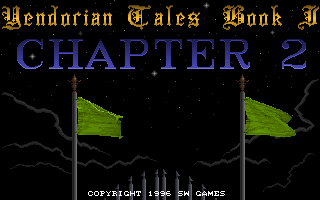
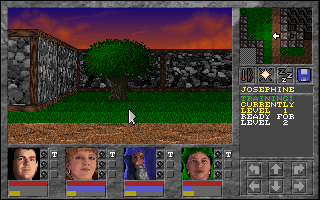
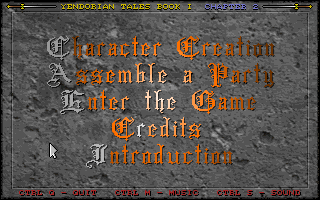
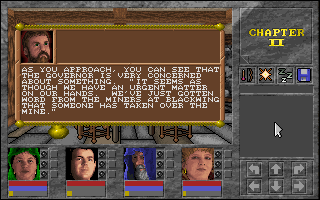
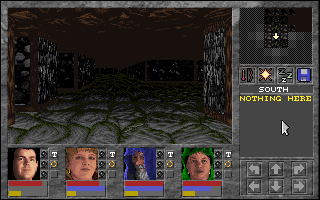
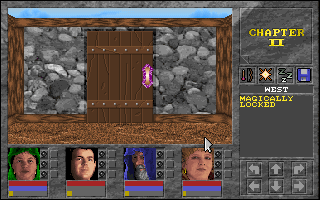



Reviews
There are no reviews yet.